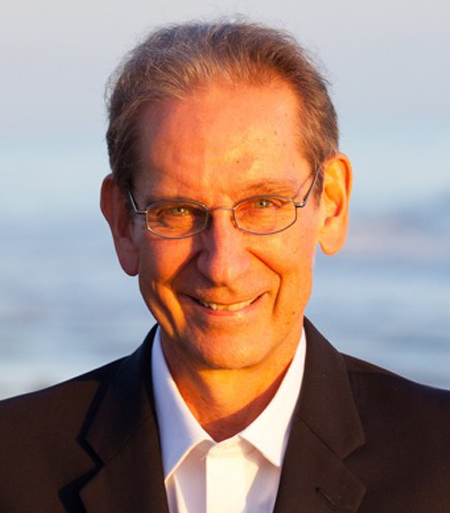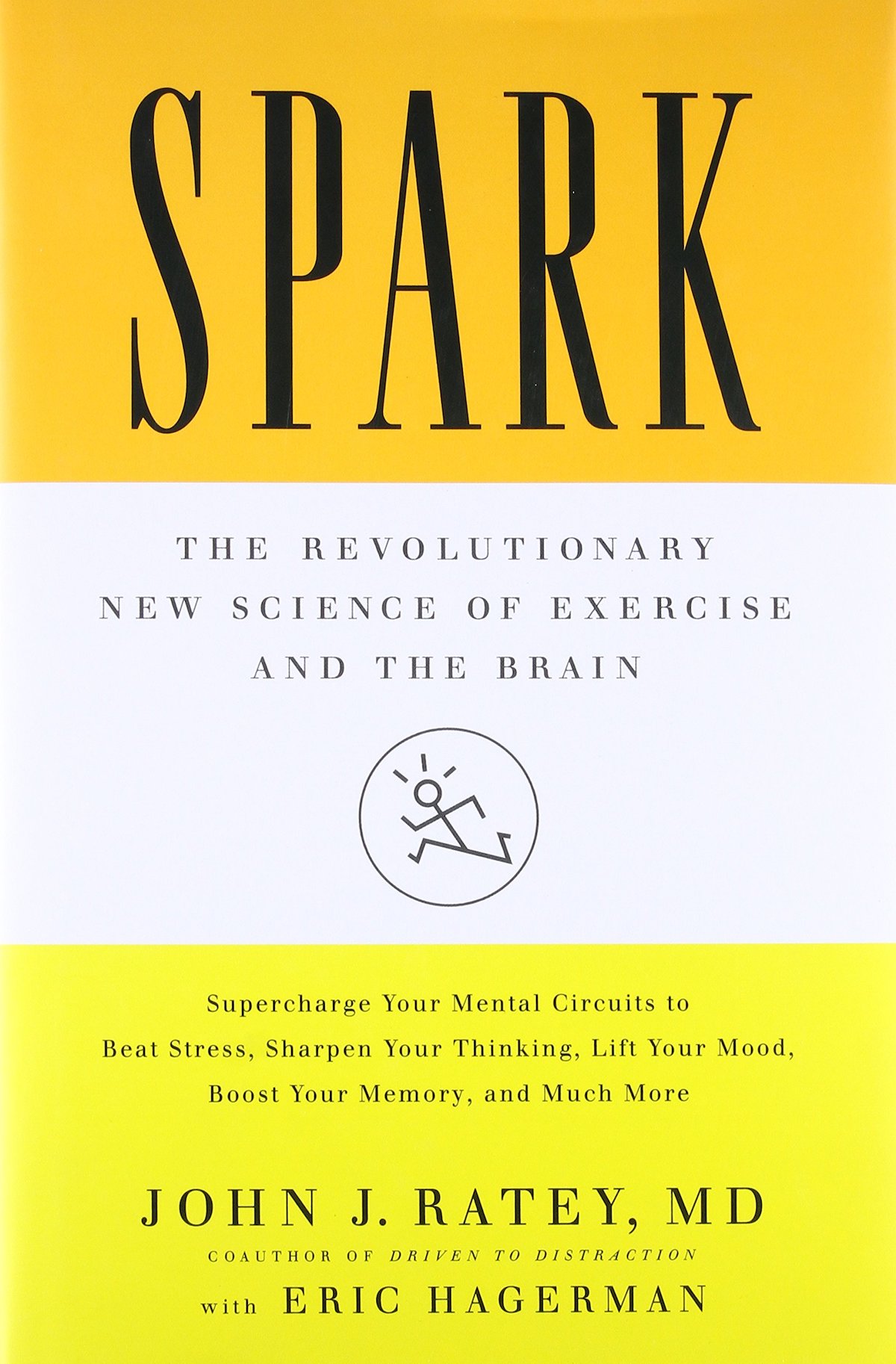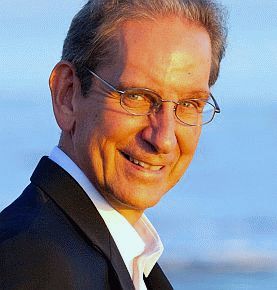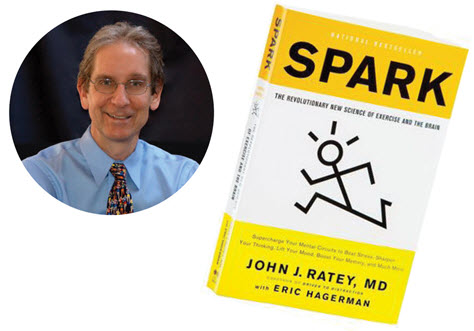with Dr. John J Ratey
Associate Clinical Professor of Psychiatry, Author
As I continue to explore the latest research and recommendations helping people thrive on Where Work Meets Life, I was intrigued by Dr. John Ratey’s latest book, Spark: The Revolutionary new science of exercise and the brain). Spark is the11th of Dr. Ratey’s widely acclaimed books and a national bestseller that is insightful and packed full of evidence and real-life cases. The book is about how to supercharge your mental circuits to beat stress, sharpen your thinking, and lift your mood, and centers around the key role of exercise. I was honored to bring Dr. Ratey onto the podcast to discuss this key topic.
I first heard of Dr. Ratey through his ground-breaking, co-authored book on ADHD, Driven to Distraction. Dr. Ratey is deeply respected for what he has contributed to the world in his field of psychiatry but also to the fields of psychology and education.
Episode 57 | The Power of Exercise to Optimize your Brain and Mental Wellness
What led to your growing interest in exercise and the brain and to write Spark?
Dr. Ratey describes how he realized decades ago the extensive effects exercise has on mood and depression. He describes how an ex-patient heard him speak in 1982, and asked to see him in his practice. This patient was a Harvard professor and a marathoner and had to stop when he hurt his knee. He developed symptoms consistent with ADHD, which he had never had before. Dr. Ratey put him on medication and he got back to where he was mentally. What was really powerful, however, was that when his knee got better and he was able to once again run 7 miles per day, he no longer needed the ADHD medicine and his symptoms were gone! This case turned Dr. Ratey onto the power of exercise on the brain.
Whom is the book for and what impacts are you hoping to make?
Everyone should be reading the book, including folks in education, psychology, and psychiatry. It is applicable to a wide range of people, and includes chapters on ADHD, depression, anxiety, and women’s health. In the book, Dr. Ratey includes case studies about real-life people mixed in with the research.
How do you see exercise encouragement working better in schools?
According to Dr. Ratey, we have to be more even-handed when it comes to exercise in schools, as there’s an inequity around physical activity (e.g., picking the best athletes versus encouraging exercise for all). The school he profiles in the book was all about fitness first, and got around the whole issue of the athletes having a leg up by using heart rate monitors and giving the grades to people who spent a certain amount of time in the cardio training zone (showing they were doing the work).
Dr. Ratey explains how very few kids were overweight as a result, and they got to take an achievement test as a country, placing #1 in the world in science, and #6 in math globally! “That got me on an airplane – they were not only the healthiest but among the smartest. I fell in love with the school and it led me to write the book Spark.”
According to Dr. Ratey, we have to be more even-handed when it comes to exercise in schools, as there’s an inequity around physical activity
What are your thoughts on high anxiety levels in many students today?
The lockdown was traumatic for a lot of kids, Dr. Ratey notes. “They lost the socialization from school, which cheated them out of very important social-emotional and physical experiences. They became citizens of their phones and computer screens more than interacting with the world in an active way.”
According to Dr. Ratey, anxiety amongst kids is way off the chart now. The diagnosis of ADHD has greatly increased and, in fact, there’s a severe crisis with medication running out in certain areas of the US. Dr. Ratey explains how more people show signs of ADHD when they are not moving and exercising enough.
Dr. Ratey explains how exercising in groups is particularly beneficial, and mentions the great impacts of group dance, which greatly increases our wellness and health.
How specifically does exercise improve our mental health? What type of exercise and frequency should we implement?
“All the movement that we have generates so much activity in our brain, and we release a lot of neurotransmitters: dopamine, and norepinephrine. When this happens, it’s similar to using our stimulants (which also increase those neurotransmitters). As well, you see a calming effect because of [exercise’s] effects on serotonin, gaba, and other neurotransmitters and neurohormones, including endorphins. It also increases the level of oxytocin, the love or bonding hormone that makes you more altruistic and loving.” Dr. Ratey explains how exercising in groups is particularly beneficial, and mentions the great impacts of group dance (an active form of socialization), which greatly increases our wellness and health.
Where does strength training and stretching/flexibility fit into all of this?
Dr. Ratey explains how the balance of this depends on the person. Strength and muscle training is more en vogue today, but most of the research is based on cardio and aerobic exercise (getting our heart rates up). What the health experts around the world agree on, however, is that we should have 150 minutes of exercise per week, with 2/3 being aerobic and 1/3 being weight and balance training.
What should people do? According to Dr. Ratey: dance, dance, dance! Dance is probably the best form of exercise we can do. Adele Diamond, a leading neuroscientist from Vancouver, recommends we get out there and dance, as it’s the best way to turn on your brain, and you can have fun doing it! Be with others, have fun and laugh. Pickle ball, for example, has turned big for the reason that it’s social, fun, and active. It’s easy enough, and people really get to enjoy themselves doing it so they are more likely to come back to it.
Also, Dr. Ratey notes how you should aim to do things that are more challenging and complicated, which gives a further workout to your brain. For example, activities that require quick reactions, and “switching”….all help the brain.
“It doesn’t take gym or food preparation memberships – you can do so much on your own!” – Dr. John Ratey
What is your biggest advice for how organizations can better encourage and support exercise?
For workplaces, it has been a big bonus to include exercise in the workday, such as exercise breaks, yoga instructors brought in at lunch, and gym memberships.
Dr. Ratey describes how one of the big appeals of CrossFit is it encourages socialization: you become a team member and others support you and vice versa. A feeling of togetherness/human connection added to exercise is a winning combination.
Also, walking groups are big around the world and hopefully will continue to grow.
If you could have one wish for a better world when it comes to the wellness of our brains, what would it be?
“Recognize just how much a person can do about it. This needs to really be brought home. It doesn’t take gym or food preparation memberships – you can do so much on your own! A big one that we talked about is connection; being involved with others.”
About John J Ratey, MD:
John J. Ratey, MD, is an Associate Clinical Professor of Psychiatry at Harvard Medical School and an internationally recognized expert in Neuropsychiatry. He has published over 60 peer-reviewed articles, and 11 books published in 15 languages, including the ground-breaking ADHD “Driven to Distraction” series with Ned Hallowell, MD. With the publication of “Spark: The Revolutionary New Science of Exercise and the Brain”, Dr. Ratey has established himself as one of the world’s foremost authorities on the brain-fitness connection. His latest book, “Go Wild”, explores how we can achieve optimal physical and mental health by getting in touch with our caveman roots, and how we can “re-wild” our lives.
Dr. Ratey’s work in Attention Deficit Disorder came after he and his former student, Ned Hallowell, recognized and diagnosed their own ADD, prompting them to write a book to raise awareness and an understanding of the diagnosis to a lay audience. Published in 1994, “Driven to Distraction” became a bestseller, with over 2 million copies in print, and is still considered one of the Bibles of ADD today.
As an author, Dr. Ratey’s other groundbreaking work includes, “A Users’ Guide to the Brain” and “Shadow Syndromes”. With the publication of “Spark: The Revolutionary New Science of Exercise and the Brain”, Dr. Ratey has embarked on a world-wide mission to re-engineer schools, corporations, and individual lifestyle practices by incorporating exercise to achieve peak performance and optimum mental health. A highly sought after speaker, Dr. Ratey has lectured extensively throughout the US, Canada, Asia, Australia and Europe.
While he enjoys writing and lecturing, first and foremost, John is a Psychiatrist who cares deeply about his patients. Recognized by his peers as one of the Best Doctors in America since 1997, he was recently named “Outstanding Psychiatrist of 2016” by the Massachusetts Psychiatric Society. Married, with two children and two grandchildren, Dr. Ratey maintains a private practice in both Cambridge, Massachusetts and Los Angeles, California.
Spark” by John J Ratey, MD with Eric Hagerman
“Driven to Distraction” by Edward M Hallowell, MD and John J Ratey, MD








